Although the network operator continuously increases the number of transmission stations, the density is still very low, so the situation of unstable 5G speed still occurs in many places, users should consider when buying a 5G package.
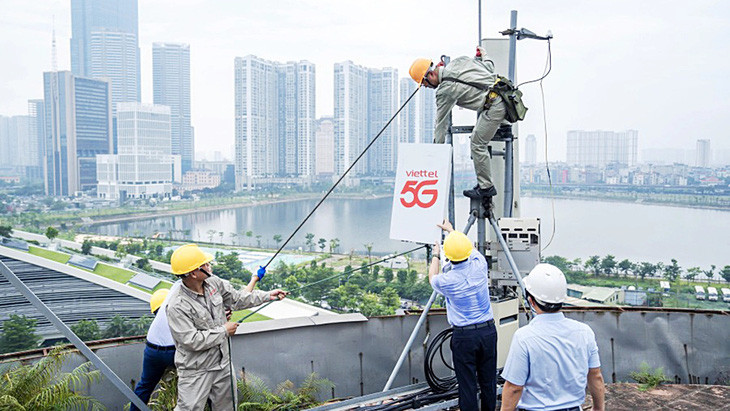
After 3 weeks of experiencing the package 5G Viettel network, many users reported that the speed is very high in some places and still low in others... while the network gave a series of reasons why 5G is not strong yet.
Speed is still fluctuating
Having used Viettel network for more than 20 years, Mr. Ngoc Khoa (Tan Phu district, Ho Chi Minh City) was very excited when the network operator gave him a 5G experience package. Mr. Khoa said that his company is in District 1 and has a garden house in Hoc Mon district, so he can experience 5G speed in many different locations.
"At the company in District 1, the speed is usually very fast, but at home in Tan Phu District, the speed is normal. When I go to Hoc Mon, opening YouTube is laggy, and even sending files via Zalo is not possible. In general, the speed is still very unstable," Mr. Khoa commented.
Equally excited, Mr. Binh Minh (Him Lam Phu An apartment building, Thu Duc city) said he has been continuously testing the speed of the 5G network - which has only appeared in his area for about a week now.
The results "even indoors, 5G speeds vary significantly. Some locations had speeds of 160 - 170 Mbps, but others had just over 50 Mbps despite being just a few meters apart, measuring the same software on the same basic device at the same time".
Mr. Minh said that with such fluctuating speed, he can only "use it for fun and not completely switch to using a paid 5G package".
Many other users also reported that 5G speeds varied depending on the location of the device. Many locations had very good speeds, from 200 - 400 Mbps, but there were also quite a few locations that only had speeds of a few dozen Mbps, no different from 4G.
To verify, Tuoi Tre reporters measured Viettel's 5G speed in some areas in Ho Chi Minh City on the afternoon of November 3. Accordingly, the speed was common in many places in Phu Nhuan District, District 3, District 5, Binh Thanh District fluctuates between 100 - 300 Mbps.
Many places have quite high speeds: nearly 600 Mbps. However, there are also some places, such as Hoa Phuong Street (Phu Nhuan District), where the speed after several measurements is only 60 - 64 Mbps.
Tuoi Tre's tests were all performed using Ookla's SpeedTest software on the same smartphone.
A series of reasons why 5G is not strong yet
Before reflecting the reality of 5G in many places like 4G, Mr. Hoang Duc Thanh - vice president Global Technical Center, Viettel Network Company - explains: "The measurement speed depends a lot on the customer's location, whether it is near or far from the station, and whether the signal is good or not.
Second is the server I route (connect) to for measurement. Third is the number of people experiencing it at the same time...".
Specifically, according to Mr. Thanh, because there are too many people measuring at the same time in the context of 5G stations not being as numerous as 4G stations, the number of subscribers who need to measure at the same time is concentrated in 5G stations more. That is one of the reasons why 5G sometimes feels similar to 4G.
Explaining why 5G coverage is not as wide as 4G, Viettel said that in the first phase, it will focus on deploying 5G in the provincial capital area, industrial park, tourist areas, areas with many subscribers... but not yet widely deployed.
In addition, 5G uses a higher frequency band than 4G (5G uses 2.6Ghz, 4G uses 1.8Ghz), the attenuation on the 2.6Ghz frequency is greater than the attenuation on the 1.8Ghz frequency, so 5G has a smaller coverage area than 4G by 15 - 20%. "With the deployment roadmap and technical specifications, the above frequencies explain why 5G coverage is not wide at the moment," a Viettel representative told Tuoi Tre.
Adding, Ms. Nguyen Thi Tam, Deputy General Director in charge of network planning of Viettel Network Corporation, said that 5G coverage also depends on the number of 5G terminals.
"When we started researching, it was 7-8% (of 5G-enabled devices), but now, after many pushes, it's up to 15% and will mainly be concentrated in urban areas.
Therefore, our deployment strategy and that of all network operators in the world for 5G is to focus on urban deployment first, then gradually spread over the years," said Ms. Tam.
Considerations when buying a 5G package
Speaking to Tuoi Tre, Mr. Nguyen Thanh Phuoc (director of 24h Phone and Laptop Hospital) said that there are a number of reasons why 5G speeds change erratically, even though the network operator advertises that common 5G speeds can reach up to 1 Gbps, 10 times faster than 4G.
First, 5G uses high frequency bands to achieve fast speeds but is easily obstructed by materials such as walls, glass windows or trees.
As a result, 5G speeds may drop in areas with lots of obstructions or where there is no direct line of sight to the base station. Meanwhile, 4G waves (which typically operate at lower frequencies than 5G) are less affected by obstructions.
Second, 5G speed depends on the distance between the device and the transmission station (4G is similar). However, 4G coverage is now so dense that users rarely notice signal "dip" points.
Third is the capacity and processing power of the base station. In densely populated areas or areas with many devices connected at the same time, the capacity of the base station may be overloaded, causing 5G speeds to decrease.
Small cells are often deployed to assist, but not all locations are fully equipped.
According to Mr. Phuoc, 5G is an emerging technology, and the speed also depends on the time of day when network traffic changes. In recent days, when network operators have officially launched many 5G packages, network speed can decrease significantly due to the explosion of the number of users connecting at the same time.
"Therefore, from an expert perspective, we recommend that users should consider switching to 5G only if they live in an area with good 5G infrastructure. If you only use normal network tasks and want to ensure stability, 4G is still a reasonable choice at the present time," Mr. Phuoc recommended.
Source



![[Photo] General Secretary To Lam holds talks with General Secretary and President of China Xi Jinping](https://vstatic.vietnam.vn/vietnam/resource/IMAGE/2025/4/14/b3d07714dc6b4831833b48e0385d75c1)
![[Photo] Ceremony to welcome General Secretary and President of China Xi Jinping on State visit to Vietnam](https://vstatic.vietnam.vn/vietnam/resource/IMAGE/2025/4/14/5318f8c5aa8540d28a5a65b0a1f70959)
![[Photo] Prime Minister Pham Minh Chinh chairs conference to review the implementation of Resolution No. 18-NQ/TW](https://vstatic.vietnam.vn/vietnam/resource/IMAGE/2025/4/14/dcdb99e706e9448fb3fe81fec9cde410)




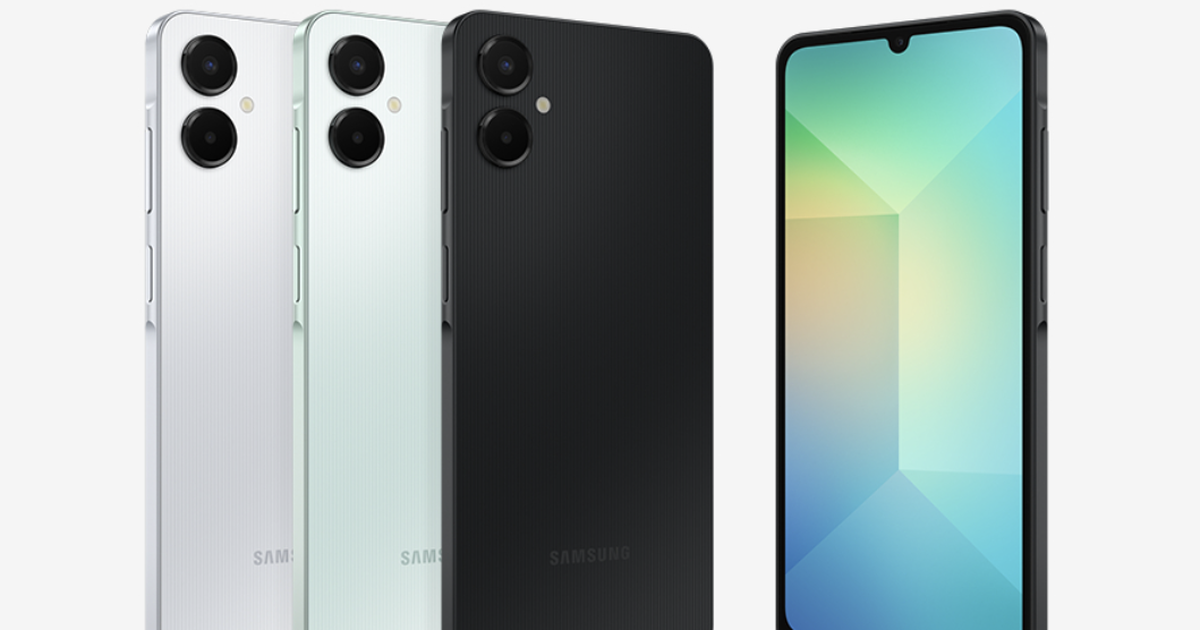
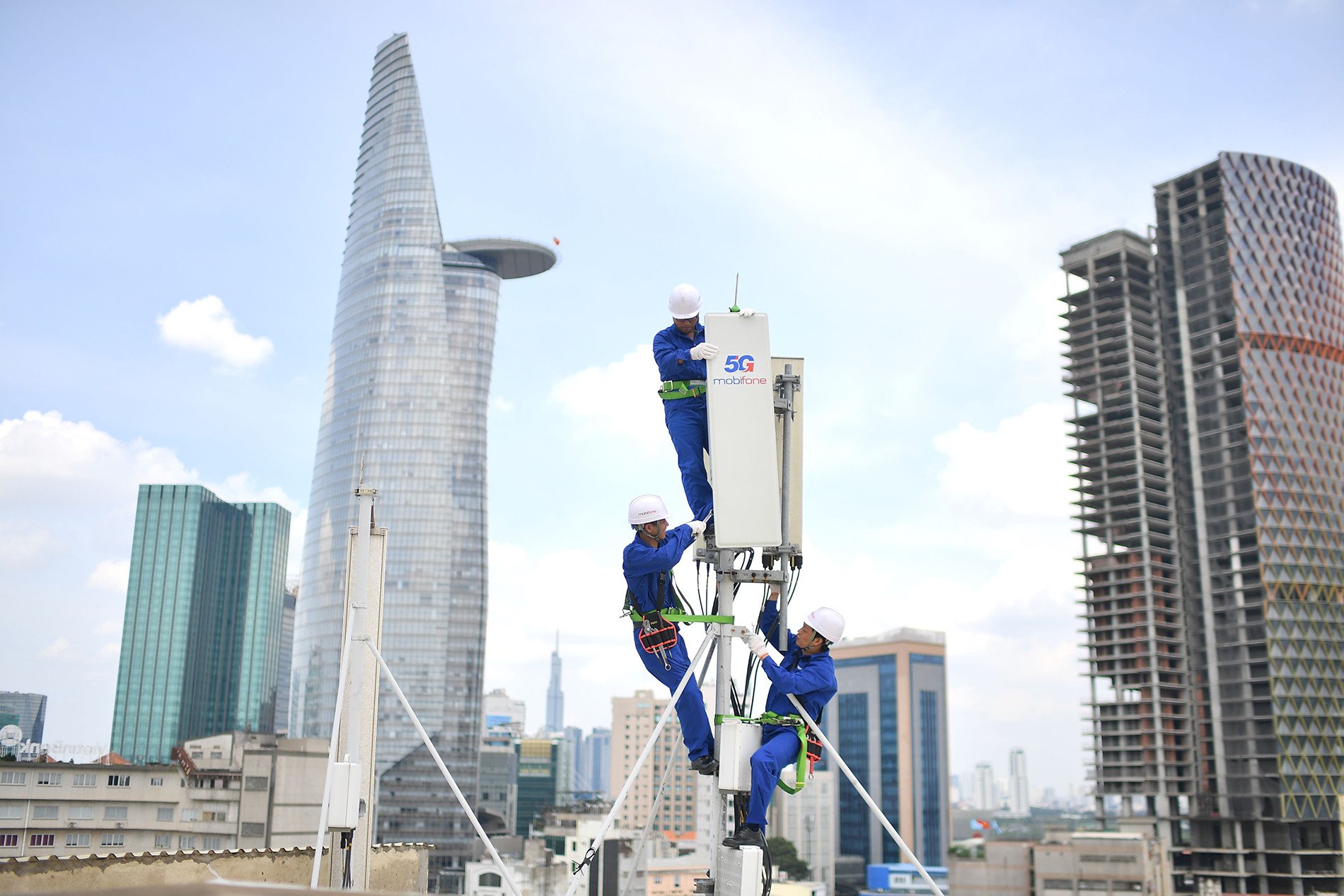

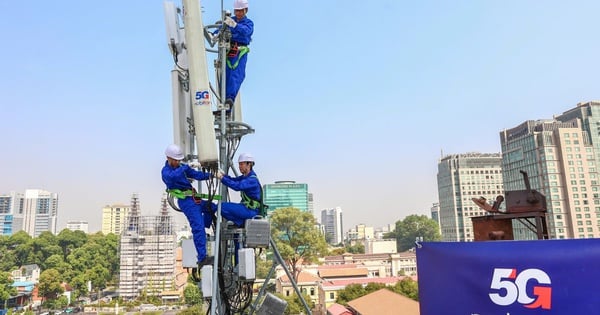

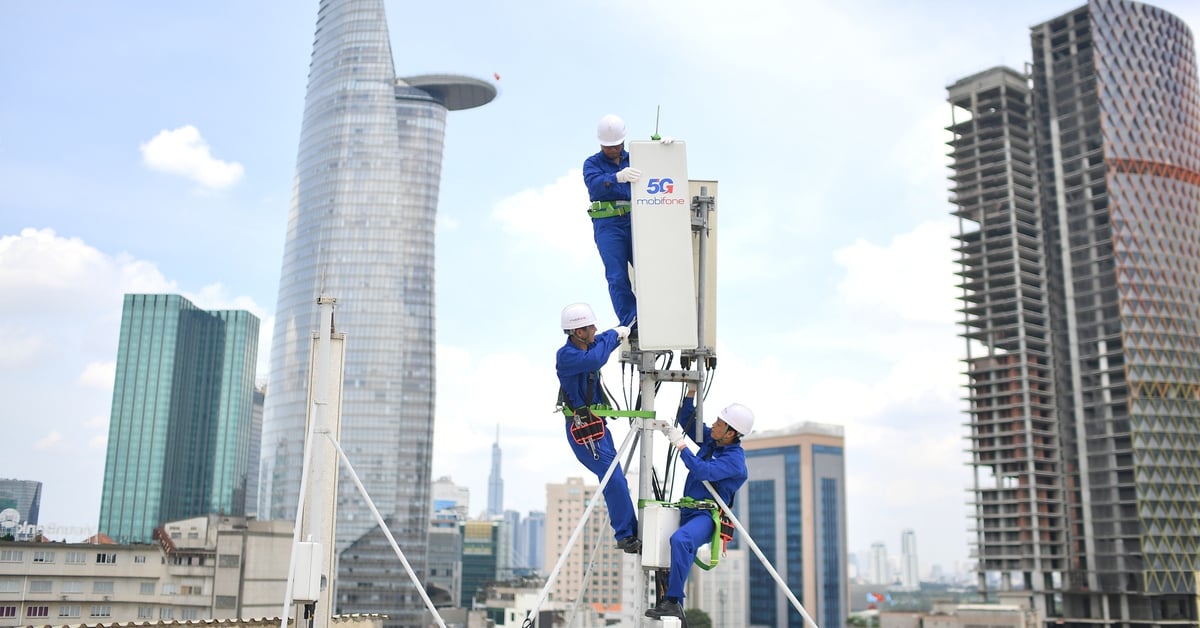





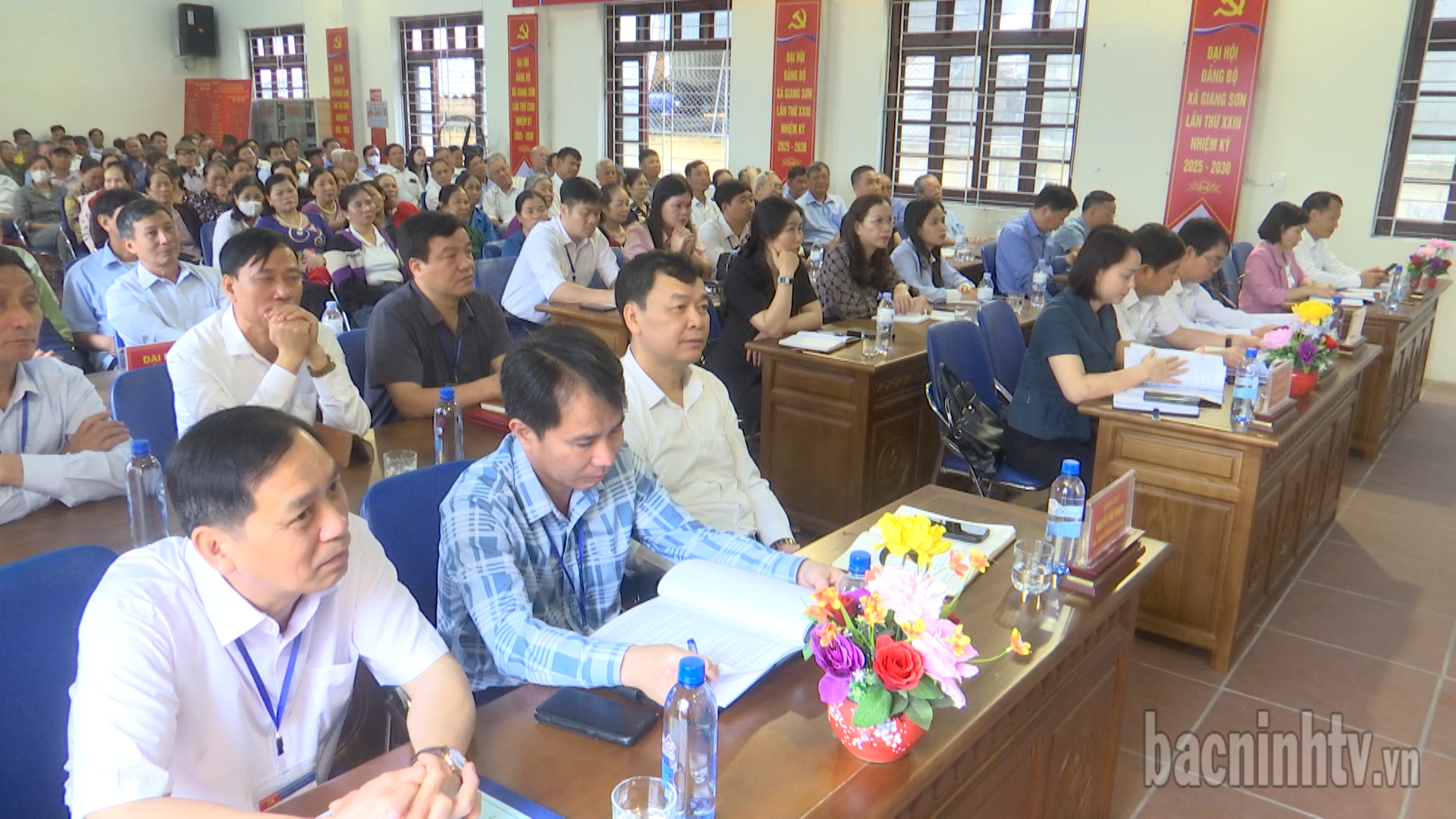
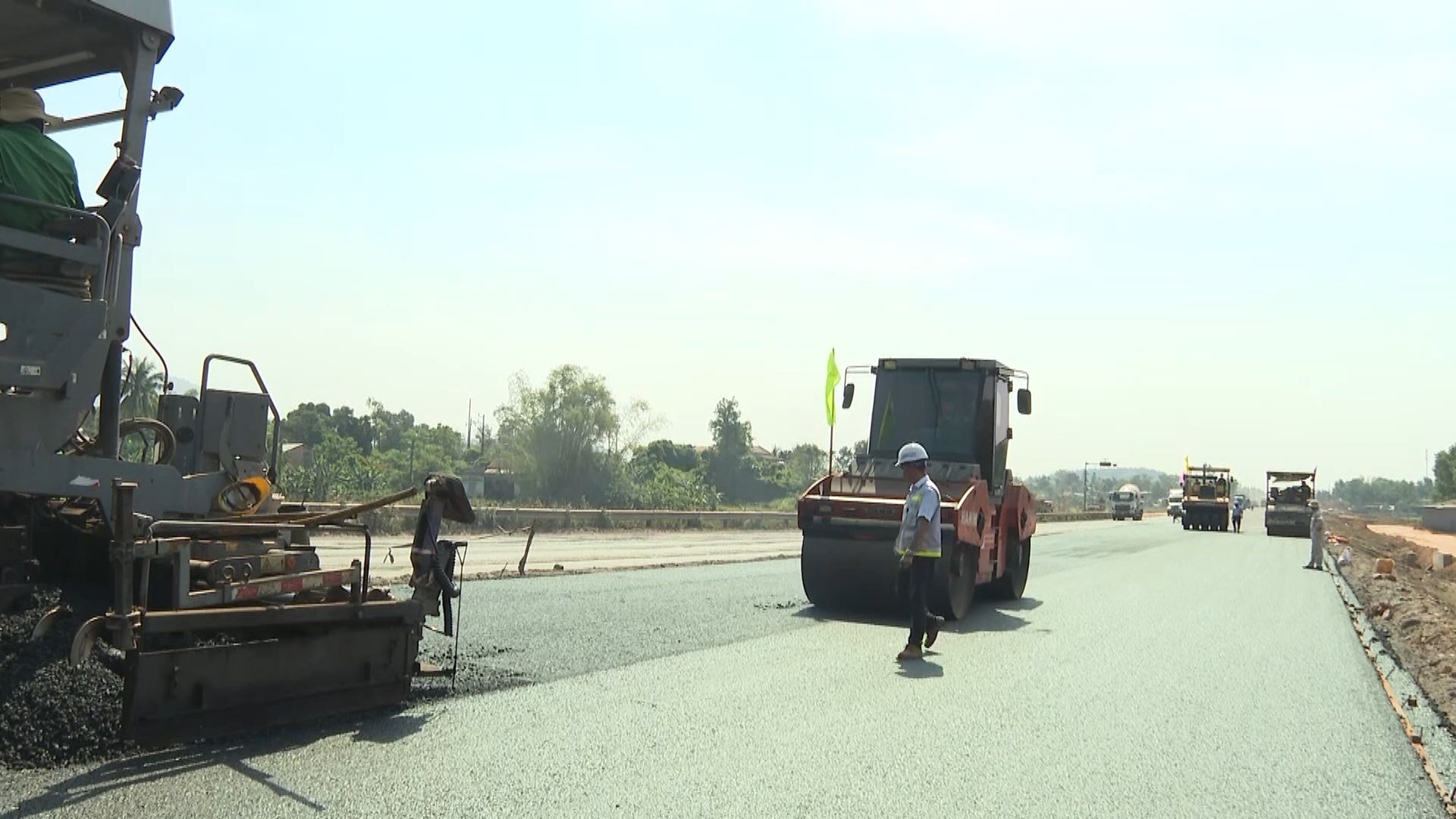

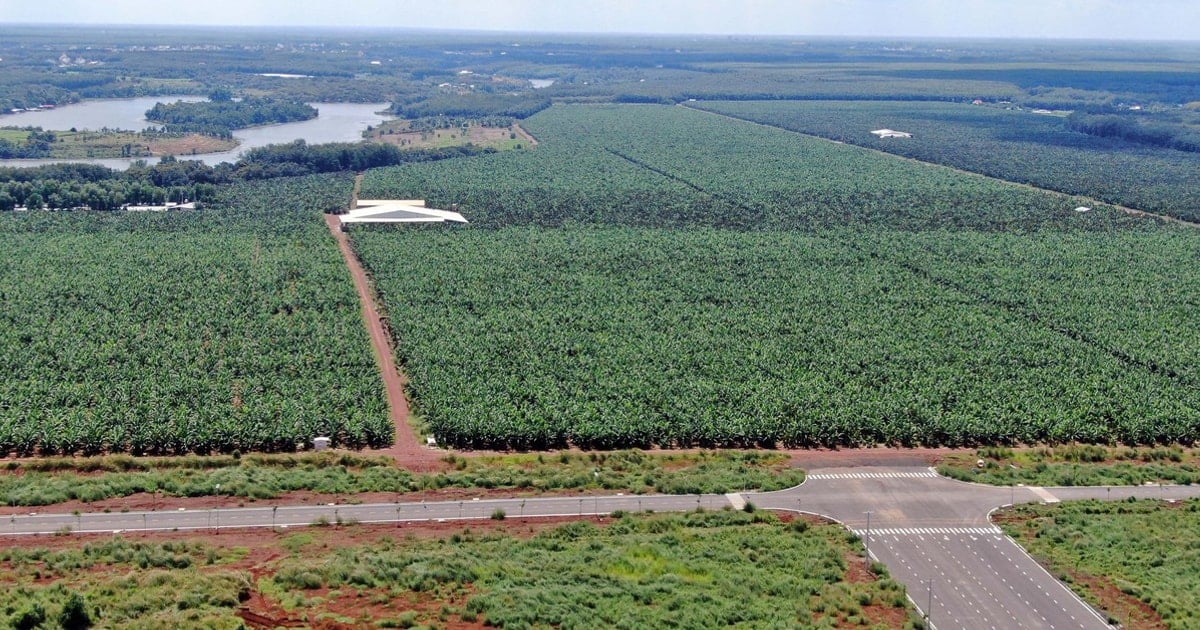





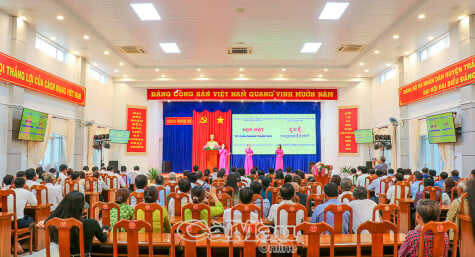
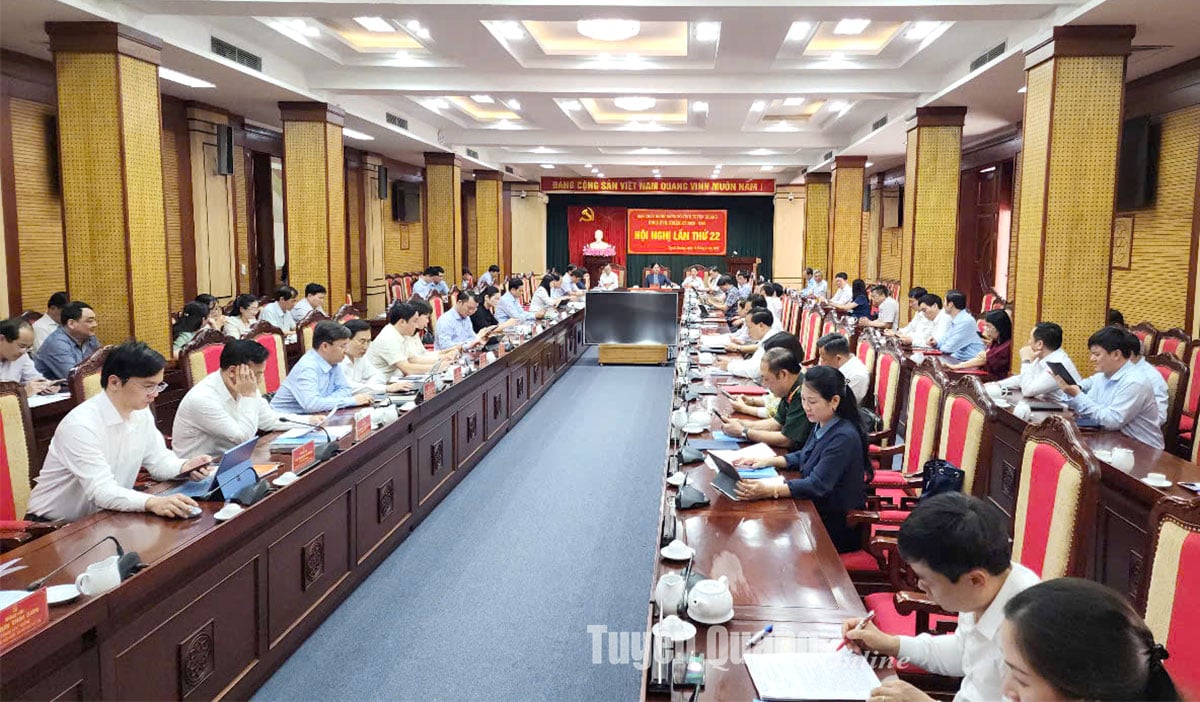


















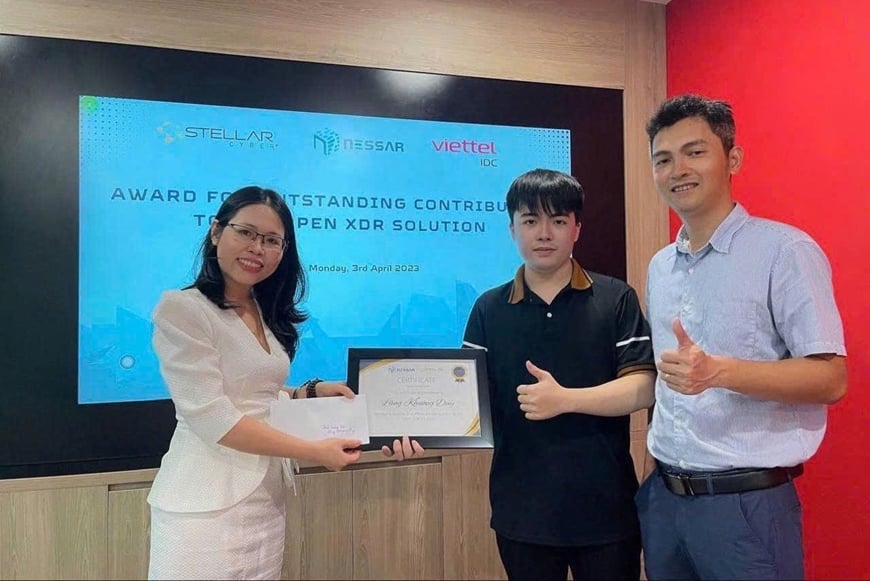





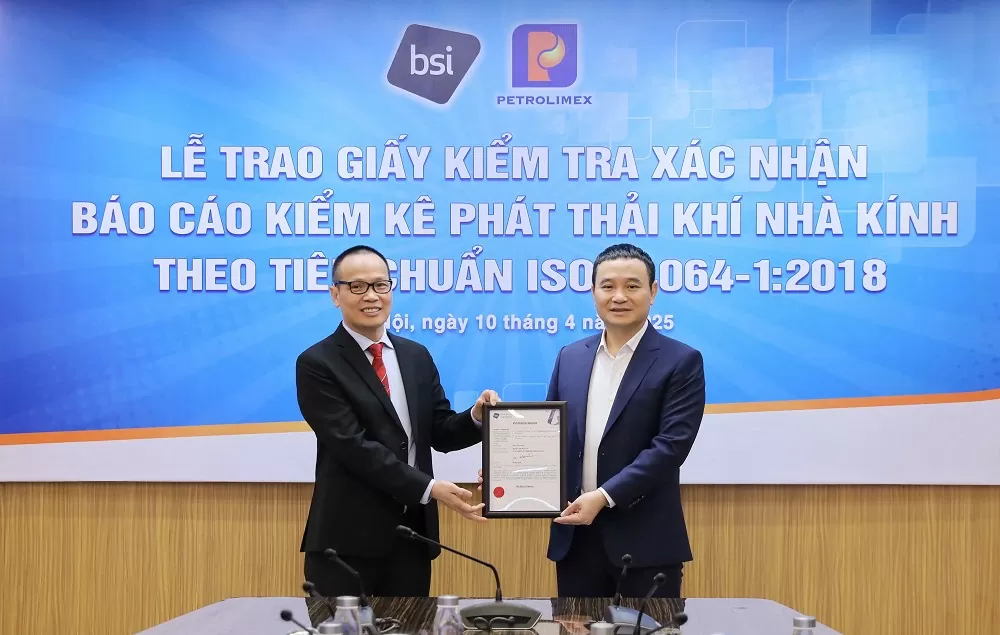



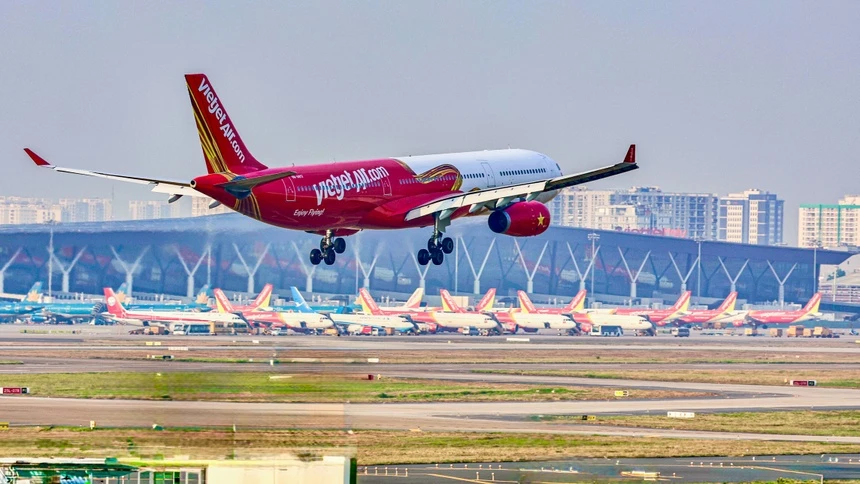




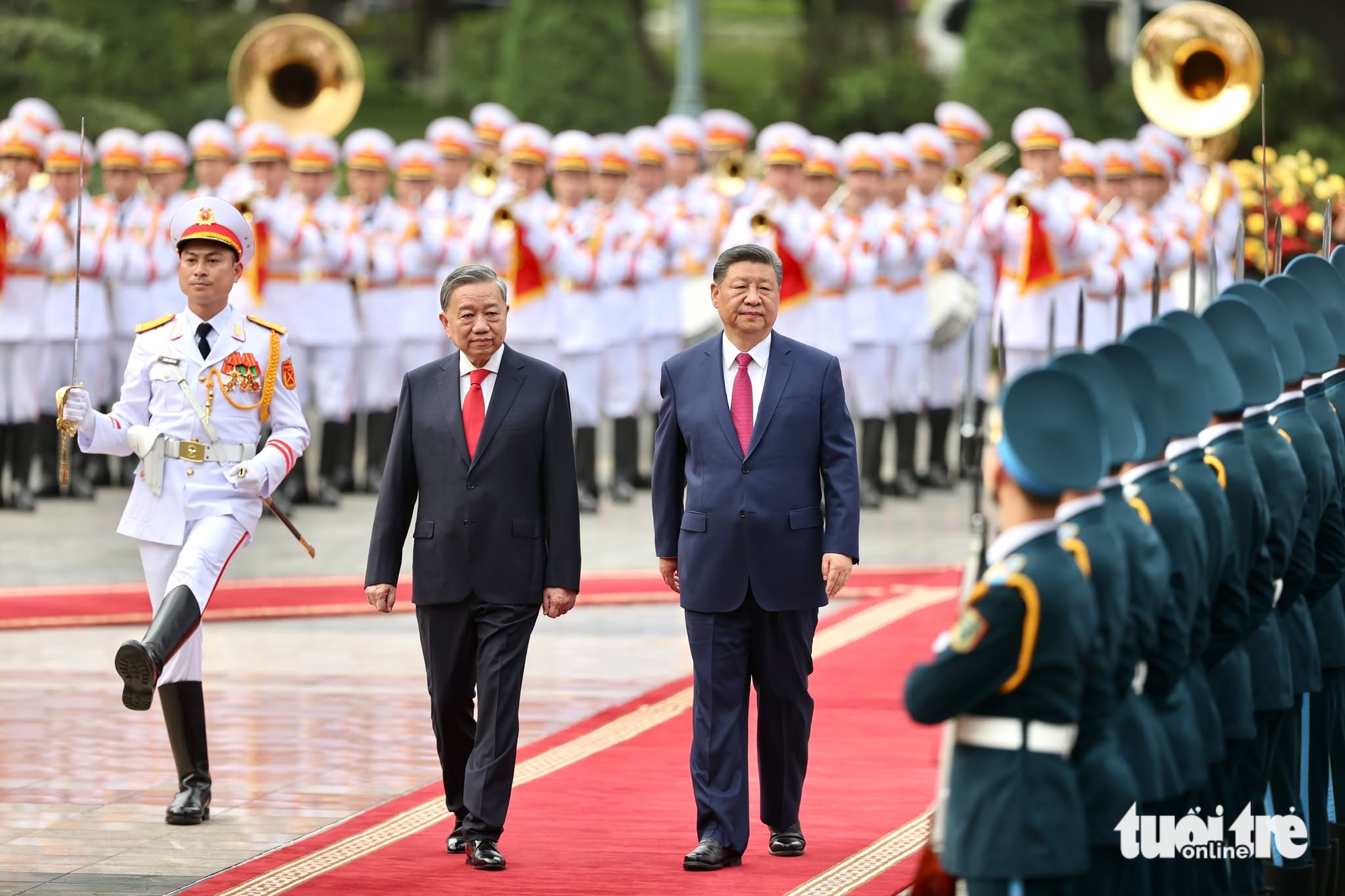
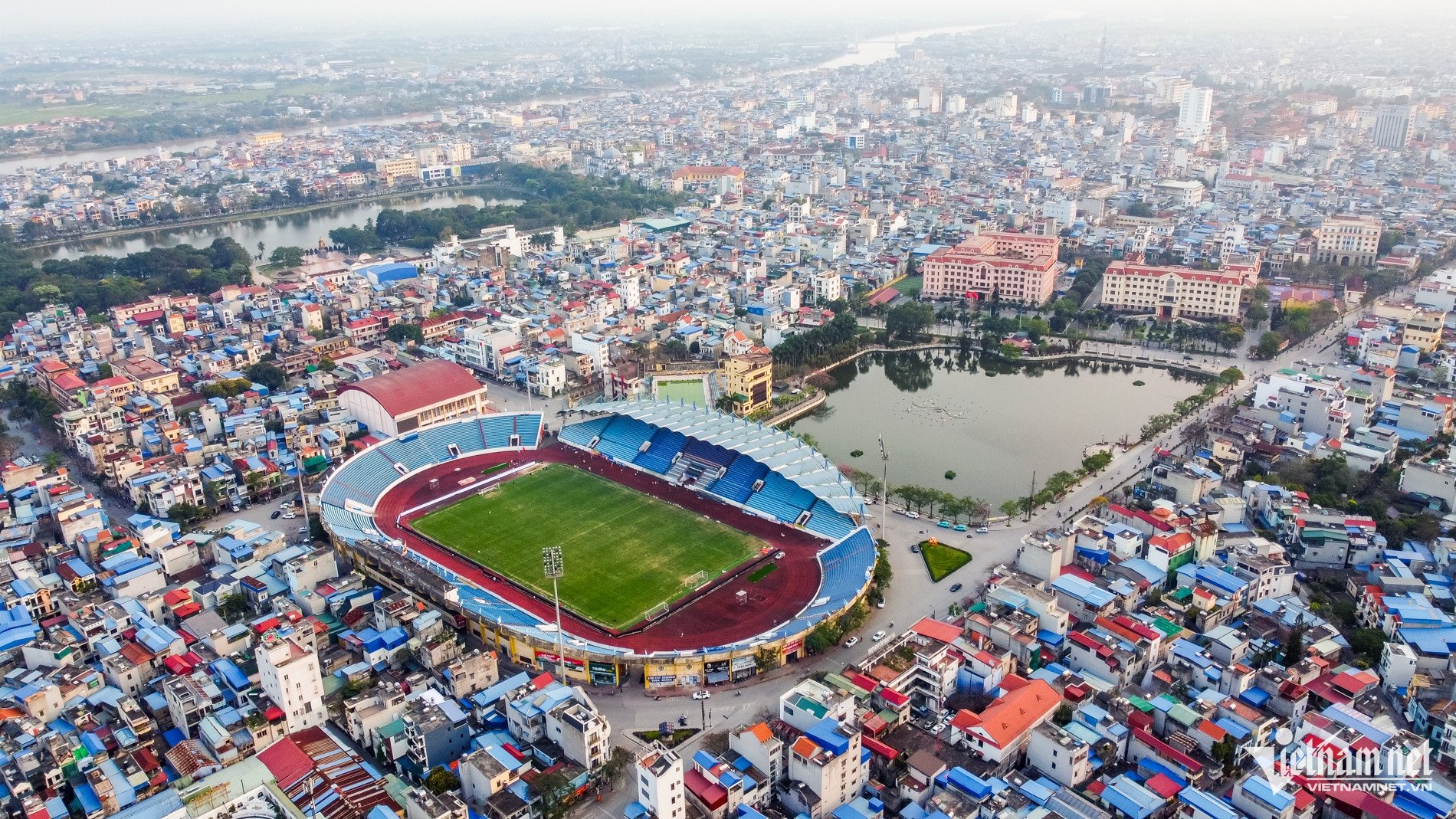













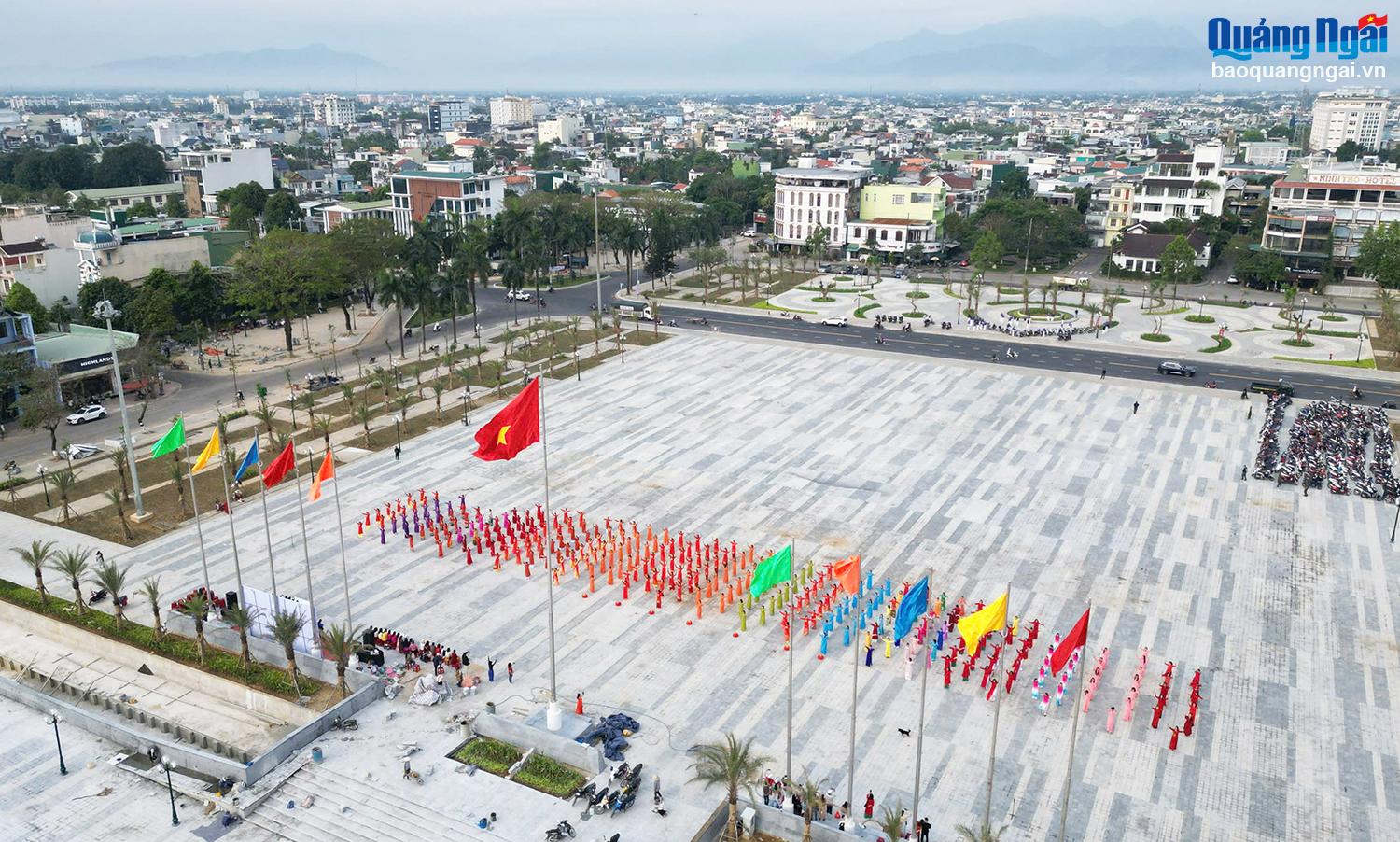



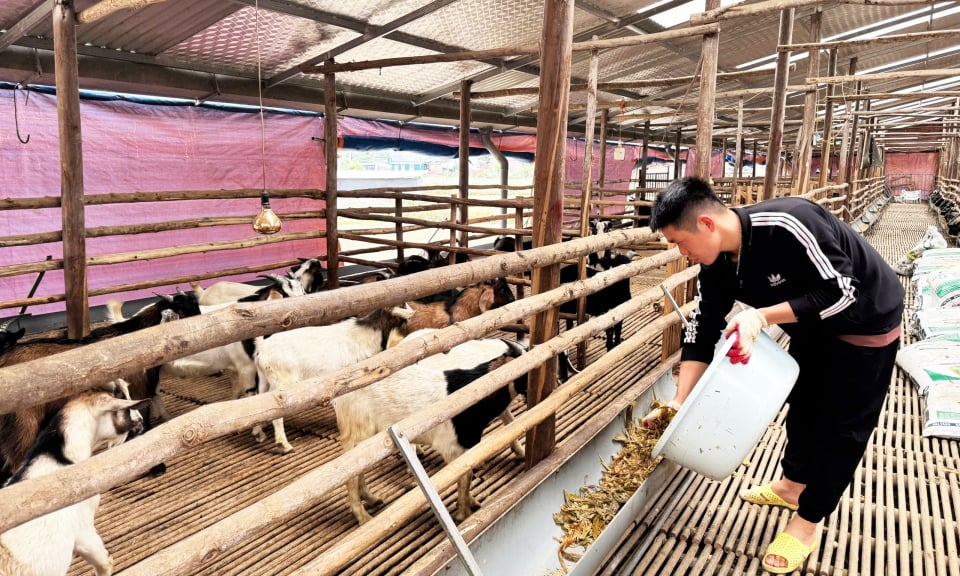









Comment (0)